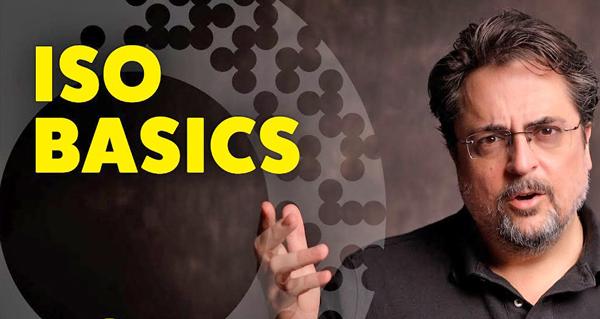When to Change ISO Instead of Aperture or Shutter Speed (VIDEO)

The quick tutorial below from the Adorama TV YouTube channel is all about the basics of using ISO when selecting your camera settings, and when choosing the sensitivity setting should be the first thing you do. Then, depending upon light levels and the scene at hand, you can modify shutter speed and f/stop if need be.
David Bergman is a NY-based pro specializing in celebrity, concert, and sports photography—and a really good instructor. He also hosts the popular “Ask David Bergman” series where he responds to simple technical questions from his fans. He previously posted tutorials on the other two components of the Exposure Triangle, so you may want to visit his website and watch those too.
Today’s episode begins with a description of how ISO works (and even how to pronounce the term, which is a humorous subject of debate). As Bergman explains, “after light is collected on the sensor your ISO setting is then applied, and the camera’s processor adds a little voltage boost to brighten up the image.”

Put another way, this is sort of like dragging the brightness slider during post processing. But Bergman says boosting ISO delivers better quality, “because it happens earlier in the analog-to-digital conversion process.” As you’ll see, however, there’s a catch when you boost ISO too far depending on what camera you use.
Bergman moves on to more practical matters, explaining what the ISO numbers mean and why the higher you go the more boost is applied, and the brighter the image will be. He then provides examples of when you should change ISO instead of other exposure settings.
As for the drawback alluded to above, you’ll learn that ugly “digital noise” begins to appear in an image as you push ISO to higher and higher levels. That’s why experienced shooters prefer keeping ISO as low as possible depending upon ambient light levels and the specific task at hand.

While newer cameras deliver clean results at ISO settings that were unheard of only a few years ago, it pays to experiment with whatever camera you use and determine a reasonable threshold that you don’t exceed.
There’s much more to learn on Bergman’s instructional website, including previous episodes in this series. And don’t miss the tutorial we posted earlier, explaining why another pro says, “forget manual mode,” and follow his advice instead.








































